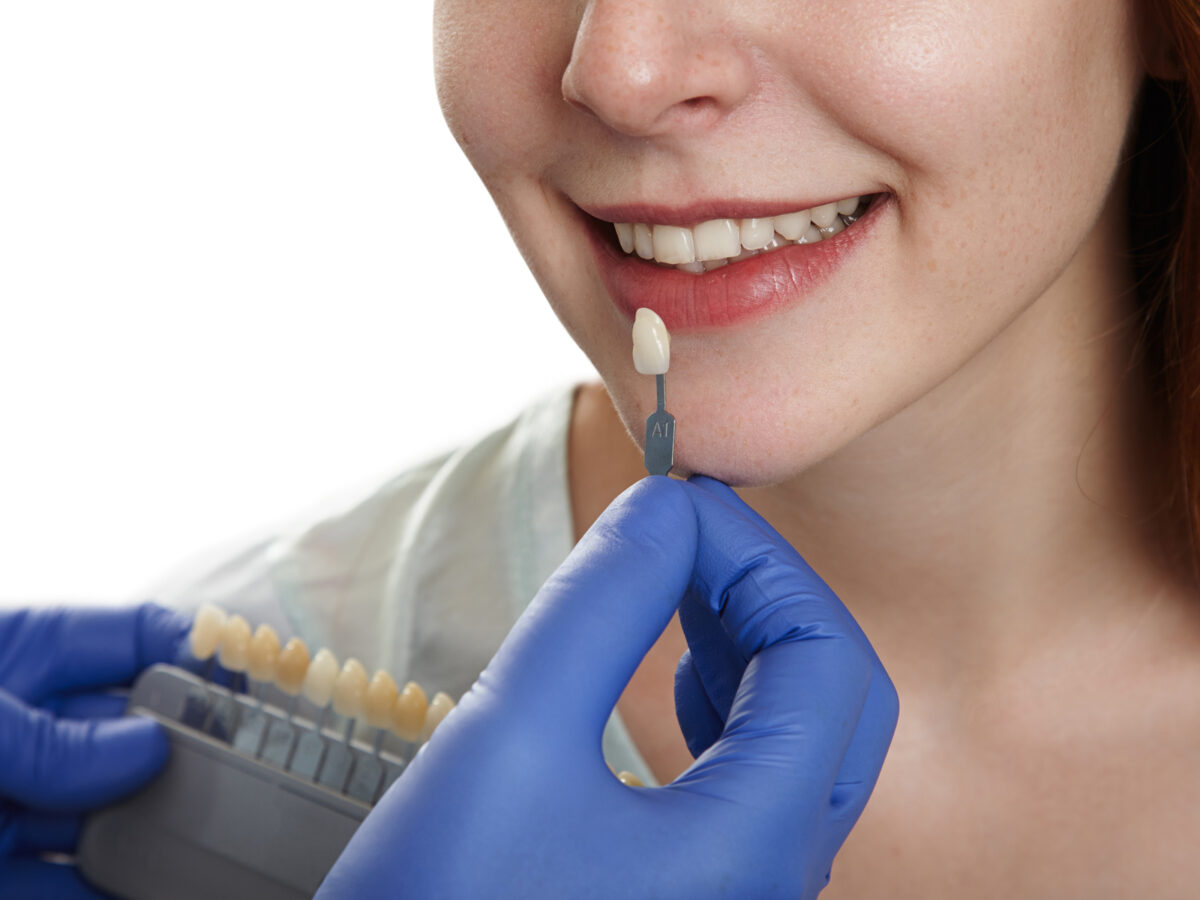Blog
Dental hygiene tips for healthy teeth & gums

Why Do I Need Temporary Veneers?
What are Temporary Veneers?
Temporary or trial veneers are thin coverings made of acrylic or resin applied to your natural teeth. Unlike porcelain, these veneers are carefully crafted in predetermined shapes and sizes. They are designed to temporarily enhance the appearance of your teeth until permanent veneers are ready to be fitted.
Securely bonded to your teeth, temporary veneers provide a quick solution while you await a permanent fix. They aim to preview how your teeth could look after the complete veneer treatment. Wearing these tooth-colored shells for approximately seven to ten days allows you to assess and decide on the desired aesthetic outcome.
How Are Temporary Veneers Created?
Temporary veneers are created by taking a mold of your teeth and pouring acrylic onto it. The mold is removed, leaving a perfect replica of the wax mock-up. Excess material is removed, and imperfections are polished out. These temporary veneers are not bonded to your teeth, so brush gently while experiencing some sensitivity.
Do Temporary Veneers Appear Natural?
While temporary veneers have a shorter lifespan than porcelain veneers, their appearance resembles that of permanent veneers. Consequently, even before your dentist completes the procedure by affixing the porcelain veneers, you will clearly understand the visual outcome of your new smile.
Why are Temporary Veneers Necessary?
Patients often seek clarification regarding the necessity of temporary veneers and the associated process. When preparing for veneers, the dentist takes impressions of your trimmed teeth, which are then sent to the lab to create custom veneers. Temporary veneers serve a pivotal role for three main purposes:
Aesthetic Considerations: Before veneers can be applied, the dentist trims the enamel of your teeth to create space for the porcelain shells. This alteration in tooth shape and appearance can result in an unusual look. Temporary veneers are placed to maintain a more “normal” appearance during the transition period to porcelain veneers.
Sensitivity Control: The preparation process for veneers involves trimming teeth, which can expose them and remove a protective layer. Consequently, the teeth become highly sensitive to hot and cold beverages. Temporary veneers offer a protective cover, shielding the exposed areas and reducing sensitivity.
Trial Run: Temporary veneers enable patients to experience and evaluate the appearance of permanent porcelain veneers before their final attachment. With the temporary veneers, patients can assess any necessary adjustments or refinements that they may want the dentist to address before placing the permanent veneers.
What to Anticipate While Wearing Temporary Veneers?
During the period of wearing temporary veneers, you might encounter the following:
Adjustments to your oral care routine: Typically, temporary veneers leave no spaces in between, making it challenging to floss until the permanent veneers are installed.
Challenges with chewing: Temporary veneers are slightly thicker compared to permanent ones, which can lead to difficulties when biting and, in certain instances, mild discomfort.
Dietary restrictions: It is essential to avoid consuming hard, sticky, chewy, or crunchy foods as they have the potential to dislodge the temporary veneers.
Sensitivity to extreme temperatures: Due to the partial exposure of your teeth resulting from enamel removal, you may experience discomfort when consuming hot or cold foods and beverages. Therefore, it is advisable to abstain from them until the permanent veneers are placed.
How Can I Safeguard My Temporary Veneers?
Even though temporary veneers may only be required for a limited duration, it remains crucial to maintain and protect them properly. Here are some recommended practices:
Prioritise your oral health. It is imperative to uphold excellent oral hygiene while wearing temporary veneers. Brush your teeth twice and floss daily, paying particular attention to the areas between your veneers.
Steer clear of dark-colored beverages and foods. Temporary veneers are prone to staining, so avoiding dark-pigmented drinks and foods like soda, tea, red wine, and coffee is advisable.
Refrain from consuming sticky or hard foods. Given the ease with which temporary veneers can become dislodged, it is essential to steer clear of foods that may cause them to come loose while chewing or biting.
Is It a Worthwhile Investment?
Once the necessary tweaks have been made, your dentist will schedule a follow-up appointment to have your permanent veneers firmly affixed. As you observe your radiant new smile reflected in the mirror, you’ll appreciate that all the endeavors were justified and rewarding! Temporary veneers are essential in the complete procedure, acting as a transitional phase towards attaining a lasting and enduring resolution.
